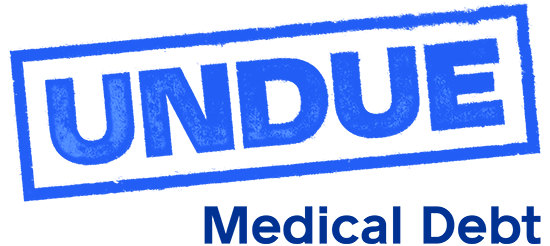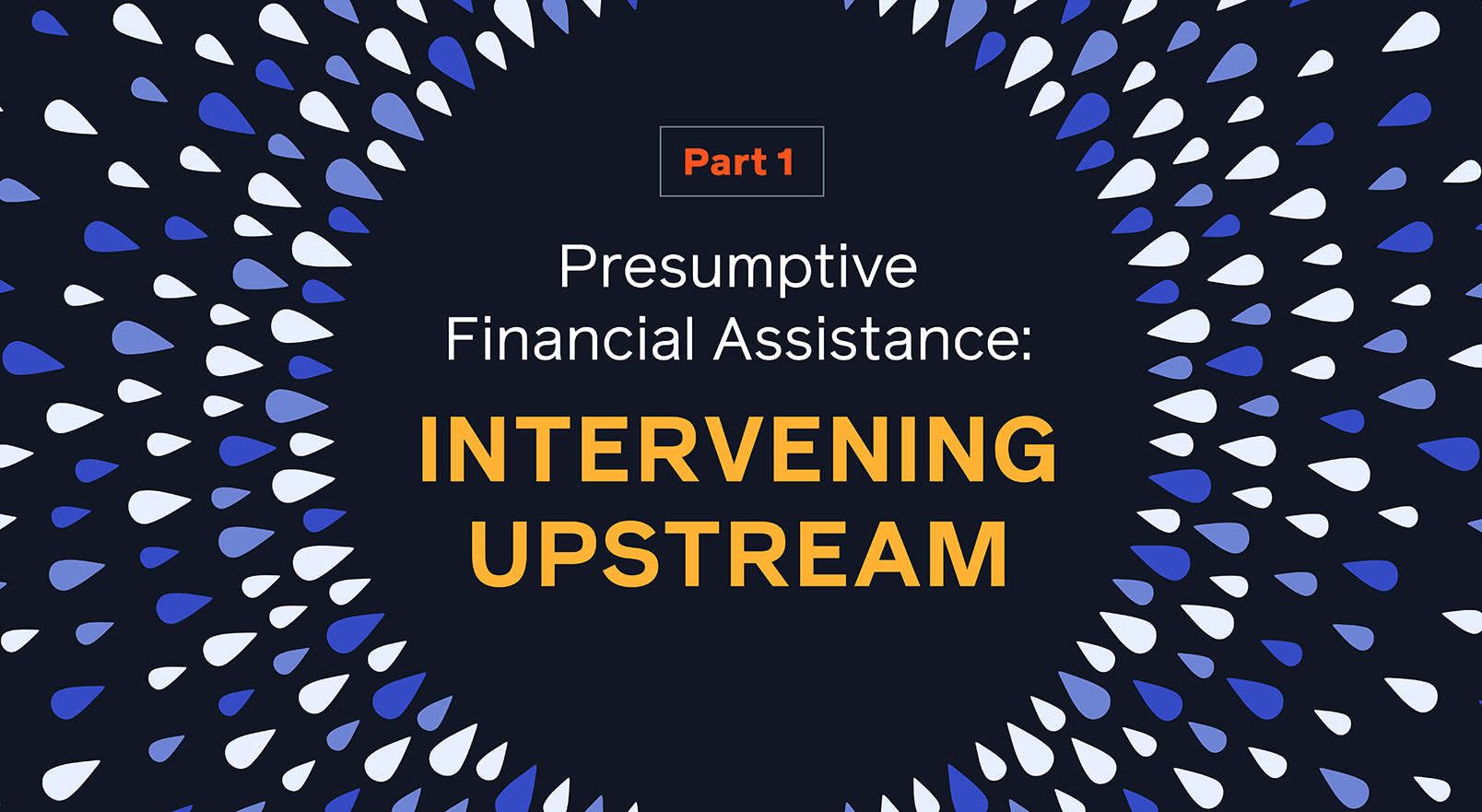In a recent Health Financial Management Association (HFMA) podcast earlier this year, It’s time to revisit your charity care policy, there was an enlightening discussion about financial assistance and leveraging presumptive screening to support and streamline patient enrollment. Shawn Stack, HFMA Policy Director, emphasized that financial assistance “is about really getting the patient to the table where they trust the provider or hospital enough to have those financial assistance discussions or qualifying conversations for charity care.” His comments come on the heels of a growing recognition that hospitals need to reassess their financial assistance approaches, given the mounting affordability pressures on patients. Further, Stack’s comments are clarifying – increasing access to financial assistance for eligible patients hinges on patient trust, and earning and maintaining patient trust rests on transparent, robust financial assistance policies that recognize the fiscal realities of low- and middle-income patients.
One way to facilitate enrollment in financial assistance programs is to adopt presumptive eligibility (PE) practices. As we’ve highlighted before on our blog and in Undue’s policy agenda, income verification approaches can reduce administrative burdens for both patients and medical billing staff. We hear from both patients and revenue cycle leaders that the increase in underinsurance and growing complexity of medical billing demands a fresh look at practices surrounding access to financial assistance. An addendum to this is that presumptive eligibility (PE) for financial assistance also fosters patient trust and engagement. By simplifying enrollment and removing one more administrative hurdle, healthcare providers are creating more space for patients to focus on healing.
Intervening Upstream: Presumptive Financial Assistance
Background
There are steps that healthcare systems can take to increase access to financial assistance for eligible low- and middle-income patients. Screening people for financial assistance presumptively can be a practice that meets multiple goals:
- catches patients early without requiring them to take action;
- reduces administrative burden for billing staff by efficiently diverting eligible patients to financial assistance and eliminating a labor-intensive collections process; and
- increases the likelihood that patients return for care, boosting patient confidence in the healthcare system and strengthening their trust in providers.
Despite these opportunities, there are important questions to address about how and when to use presumptive eligibility (PE) tools to ensure that they maximize eligible patient enrollment in financial assistance. Further, there may be needed adjustments in the medical billing workflow that take time and resources, but which will ultimately streamline care.
This blog series is a preview of a forthcoming report from Undue on presumptive eligibility tools, to be released in the fall. As we research these tools and dialogue with revenue cycle leaders, vendors, advocates and regulators, three key issues emerge when considering PE approaches:
- how to manage patient insurance status
- what is the cost of the PE tool
- how accurate is the PE tool
In this blog, we will cover some of the questions around handling insurance status when applying presumptive eligibility. In parts 2 and 3, we will cover the issues of cost and accuracy of these tools.
Insurance status
Increasingly, many people with medical debt—some of whom may also be eligible for financial assistance—are insured. When an insured patient utilizes a health service, there is a general assumption that they can pay the out-of-pocket costs associated with their plan. However, many patients are unprepared to pay their out-of-pocket costs; as commonly cited, 1 in 2 adults cannot afford a surprise $500 health expense. In a round table with revenue cycle leaders, we often heard that patients typically do not understand how cost-sharing works for their plan because insurance is overly complex and difficult to navigate. Until a patient is confronted with a ‘self-pay balance’ – or what they owe after insurance—they may not appreciate their need for financial assistance. The self-pay balance is determined farther down the medical billing workflow; this means decisions about financial assistance may pop up later in the billing process (not at registration but rather after bills are sent).
Operationally, medical billing staff may need to screen patients using a presumptive eligibility tool multiple times – and many healthcare systems do this throughout the process. For example, typically, hospitals apply PE screening tools for only the uninsured at the first point of service; they may also screen for insurance opportunities (Medicaid/ACA plans) in concert with a PE for financial assistance tool. Enrollment in coverage is the BEST option for patients because it expands access to care outside the hospital system. It is important that hospitals pair any PE approach with robust screening for insurance coverage; converting patients from financial assistance to insurance is a win-win for both the patient and the hospital because it secures both health access and reimbursement.
For their insured population, hospital billing staff may apply the PE tool farther down the medical billing workflow, when a patient is unable to pay the self-pay balance. Kodiak Solutions, a revenue cycle leader, documents the increasing trend of unpaid ‘self-pay’ balances. Recent findings show that almost 60 percent of a hospital’s bad debt is attributed to insured patients, representing patient’s inability to pay their out-of-pocket costs. This data reinforces the need to revisit the role of financial assistance for insured people and how it fits into the larger medical billing workflow. To be clear, financial assistance is not the solution to a broken health coverage system that increasingly leaves patients financially exposed to medical debt by way of high-deductible-health-plans and out-of-pocket costs that are grossly misaligned with patients’ means. But as we explore policy fixes centered on the flaws of contemporary insurance, we must hold the patient harmless and make access to care as easy as possible.
Weighing Options in a Broken System
These initial findings raise questions about when and how often to apply PE software tools to bypass paper applications for financial assistance. For hospitals, there are questions—both ethical and economic—about how to support insured patients who struggle with their medical bills. In our current environment, insurance is not protecting people from incurring medical debt. According to the Commonwealth Fund, 30 percent of adults who access their health insurance through their employer are paying off medical or dental debt – this statistic is mirrored across the ACA plan marketplace, individual markets and Medicare. Of note, even Medicaid patients are struggling with medical debt with 1 in 5 paying off debts; this could be due to churning on and off coverage, billing challenges or accessing non-covered benefits.
As technology improves and allows for seamless access to financial assistance, hospitals have to weigh the options. Improving the workflow holds tremendous potential in easing the pain for patients and hospital staff. However, it is not a silver bullet and more must be done to address high out-of-pocket costs that diminish the protection that insurance coverage promises. Stay tuned for our next blog on Presumptive Eligibility!

